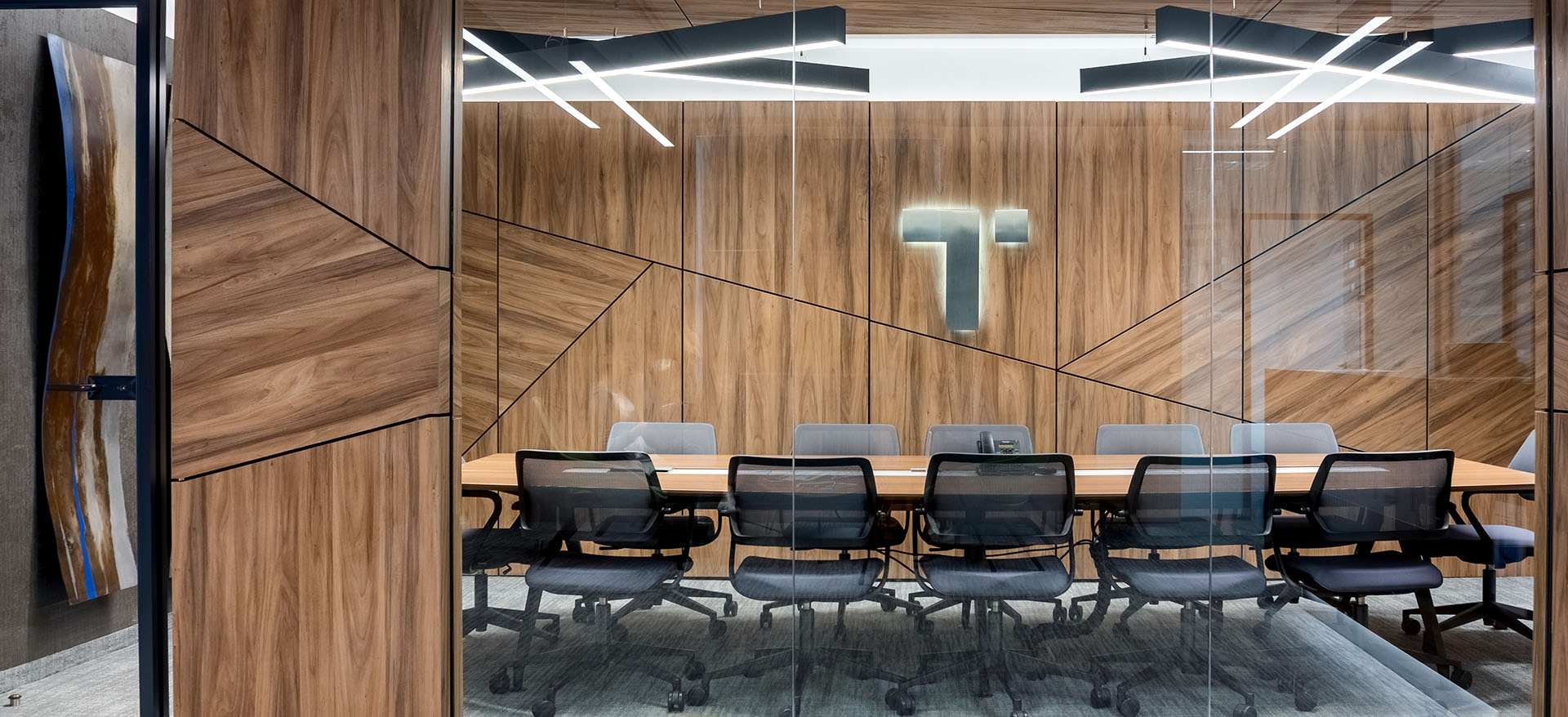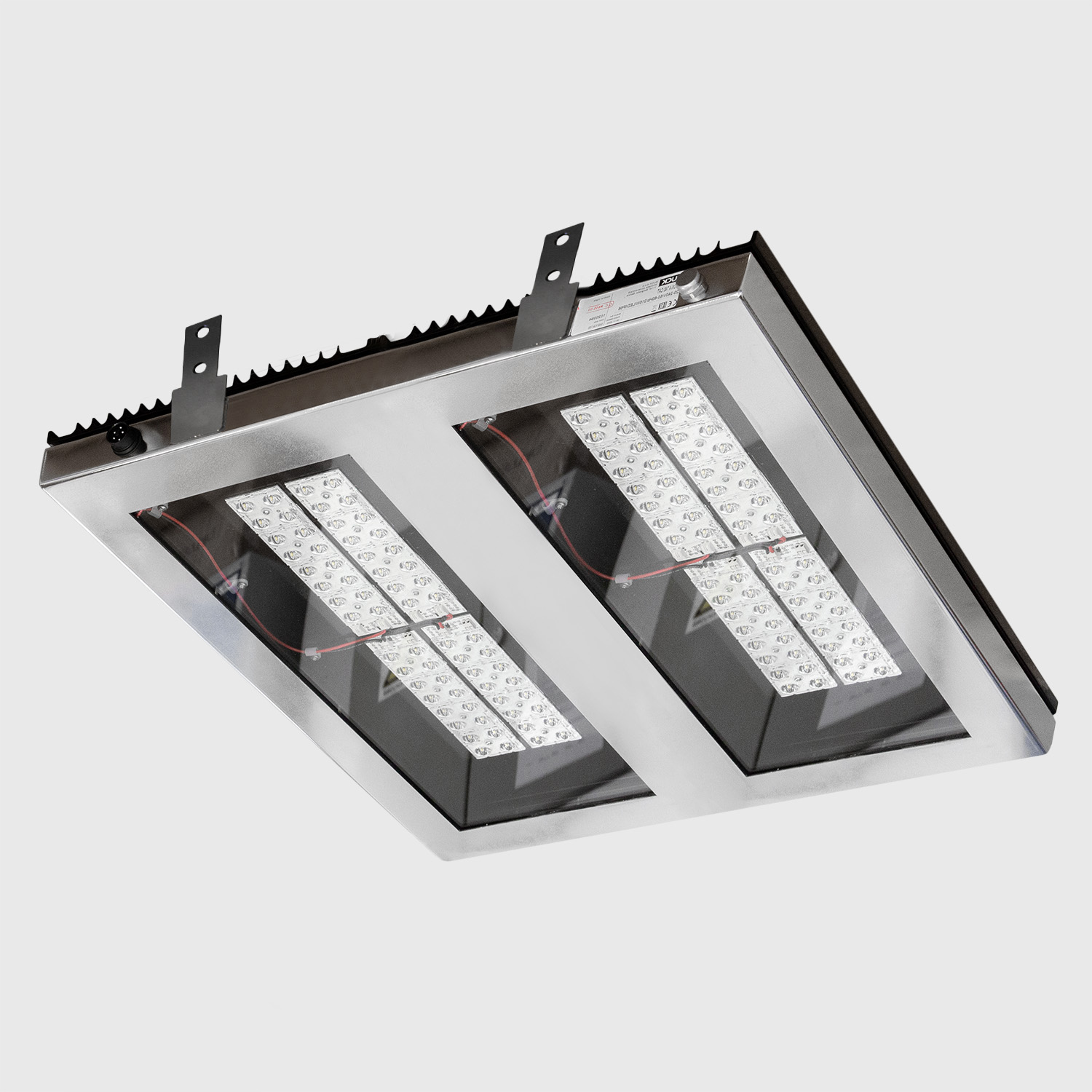In the realm of architectural design, artificial lighting stands as a pivotal element that transcends mere functionality to become a transformative force shaping spaces and experiences. Beyond simply illuminating environments, it serves as a powerful tool that architects wield to evoke emotions, accentuate architectural features, and enhance the overall ambience of built structures.
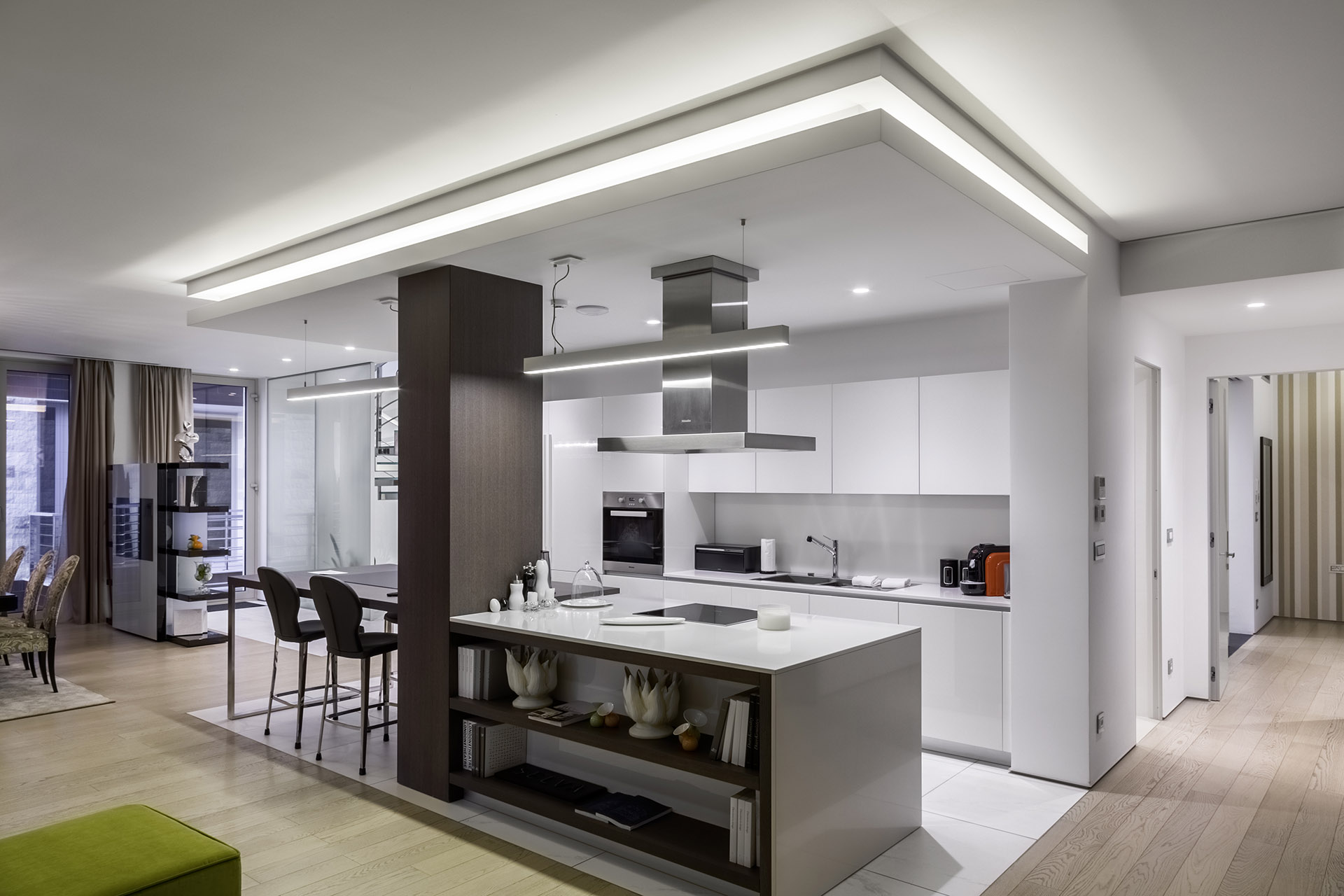
Enhancing Architectural Aesthetics
Artificial lighting plays a crucial role in highlighting and emphasizing the unique characteristics of architectural elements. Whether it’s the graceful arches of a modern atrium, the intricate details of a historical façade, or the sleek lines of contemporary interiors, carefully placed lighting fixtures can draw attention to these features, transforming them into visual focal points. By artfully combining direct and indirect lighting techniques, architects create depth and dimension within spaces, amplifying their inherent beauty.
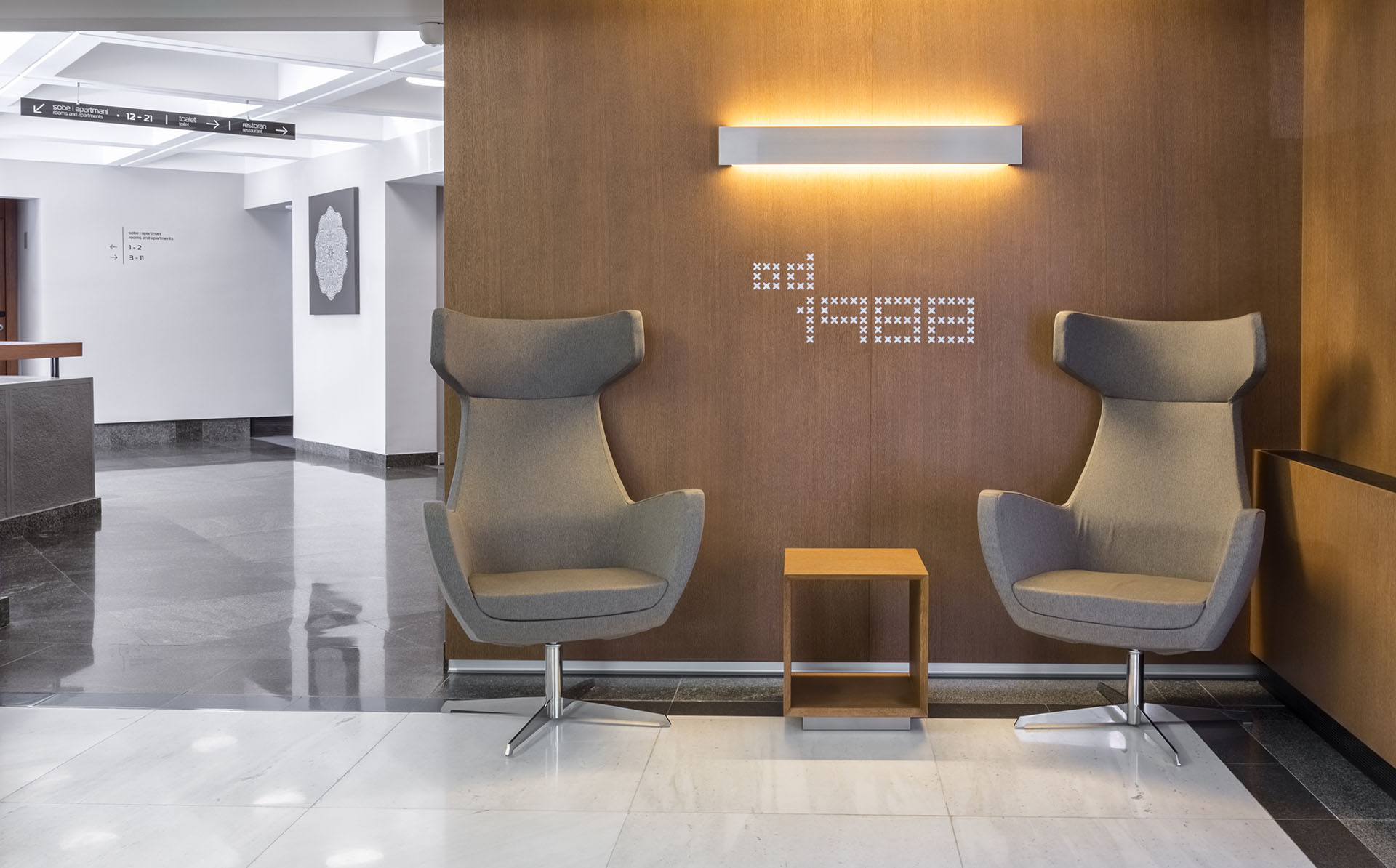
Creating Atmosphere and Mood
Beyond aesthetics, artificial lighting has the remarkable ability to shape the atmosphere and mood of a space. The colour temperature, intensity, and distribution of light can profoundly influence how people perceive and interact with their surroundings. Warm lighting might evoke a sense of intimacy and comfort in a residential living room, while cool, crisp lighting could enhance productivity in a sleek office environment. By adjusting lighting schemes, architects curate experiences that align with the intended purpose and emotional resonance of each space.
Enhancing Functionality and User Experience
Practicality meets creativity in the realm of lighting design. Functionally, artificial lighting ensures spaces are adequately illuminated for their intended uses. Task lighting in work areas improves productivity and reduces eye strain, while ambient lighting in circulation zones provides comfort and guidance. Well-designed lighting also enhances safety and accessibility, guiding occupants seamlessly through complex architectural layouts while ensuring visual comfort.
Integrating Sustainability and Innovation
In an era increasingly conscious of sustainability, modern lighting technologies offer architects opportunities to integrate energy-efficient solutions into their designs. LEDs, for example, not only consume less energy but also provide longer lifespan and greater flexibility in lighting design. Smart lighting controls further optimize energy use by adjusting light levels based on occupancy or natural light availability, contributing to both environmental stewardship and operational efficiency.
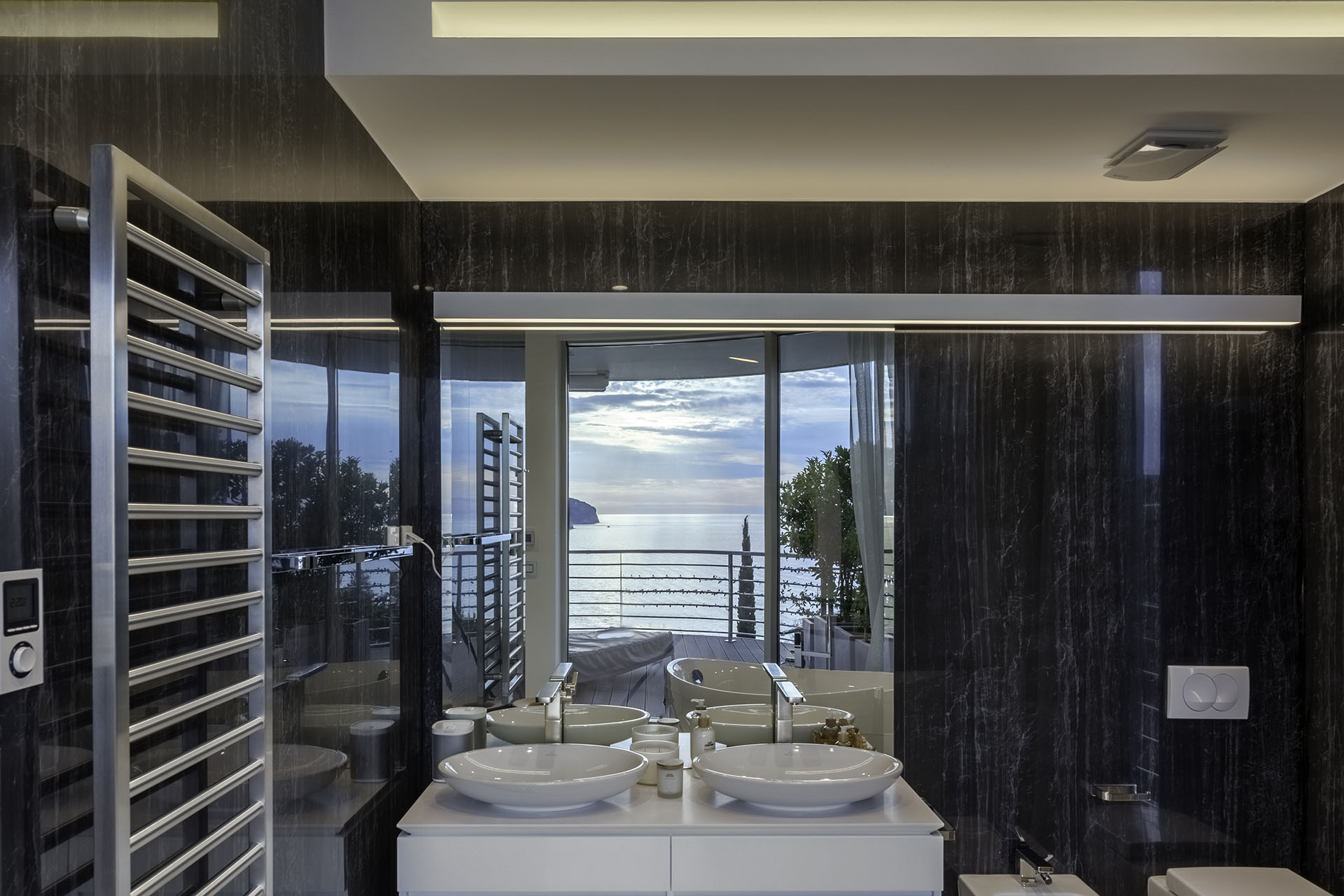
Harmonizing Natural and Artificial Light
Artificial lighting complements natural light, creating a harmonious balance that ensures spaces remain functional and visually appealing throughout the day and night. Architects strategically design spaces to maximize natural daylight penetration while supplementing it with artificial light where needed. This holistic approach not only reduces dependency on artificial sources but also enhances occupant well-being by promoting a connection to the natural environment.
Pushing Boundaries of Design Innovation
Beyond its functional roles, artificial lighting serves as a canvas for architectural expression and innovation. Architectural lighting designers push the boundaries of creativity, employing dynamic lighting installations, interactive light sculptures, and immersive lighting experiences that redefine spatial perceptions and narratives. These innovations not only enrich the visual landscape but also elevate the architectural discourse, offering new possibilities for storytelling and human interaction within built environments.
In conclusion, artificial lighting in architectural design transcends its utilitarian role to become an integral aspect of spatial storytelling and human experience. From enhancing aesthetics and creating atmospheres to promoting sustainability and fostering innovation, lighting design shapes how we perceive and interact with the spaces around us. As architects continue to explore the evolving capabilities of lighting technology and design, the future promises ever more dazzling possibilities for illuminating the architectural landscapes of tomorrow.
